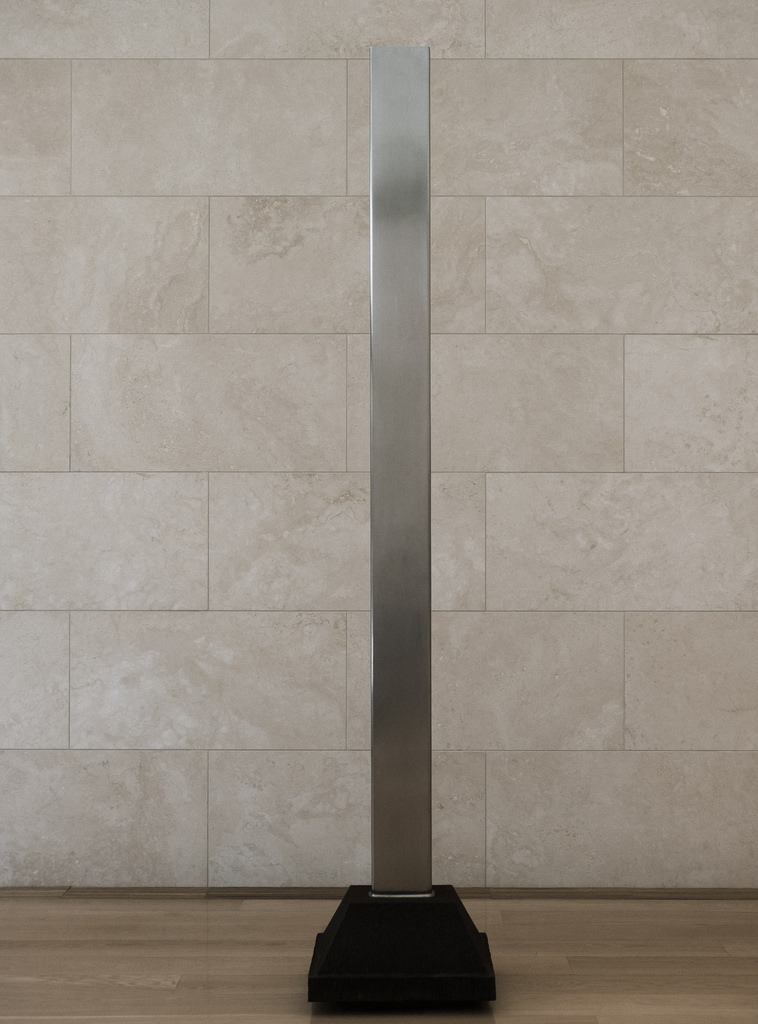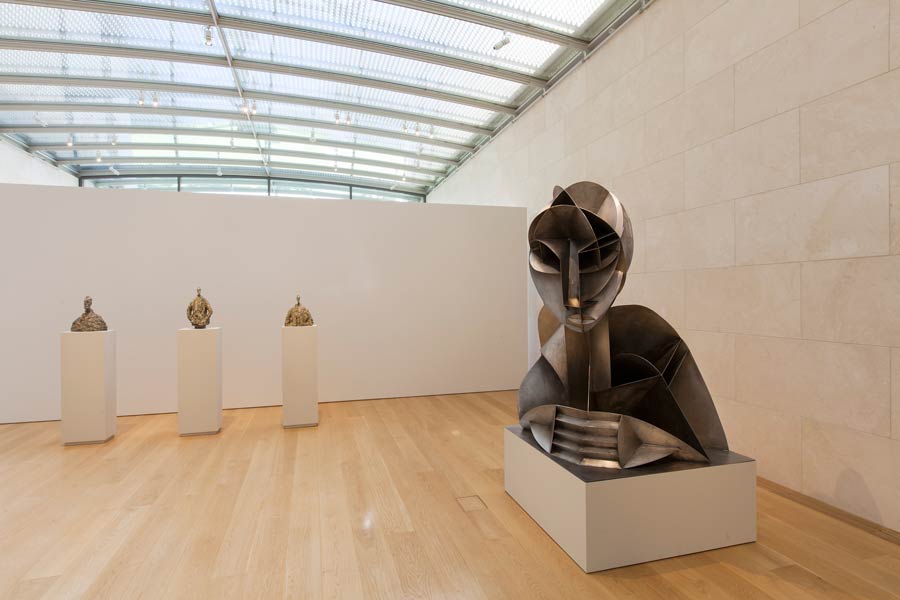To parse the semantic difference between music and sound art is to miss the point. For those who make either or both, music is everywhere. And creating sound always begins with a mode of collecting. A harvest can come from the informed imagination— as articulated with an instrument— or from the environment, with a deliberate mode of recording, a response the artist performs in concert with the sound being heard whether wild or controlled. These acts manifest with equal joy in the work of Ryuichi Sakamoto, perhaps the greatest living artist in the sonic realm today. His process of attention to sound, space and his audience is touchingly documented in Coda, which screened Sunday at the Dallas International Film Festival. Sakamoto assembles his tools to carve into the opportunity of a rainstorm. He climbs up a stepladder, holds the mic to his skylight; out into the rain he goes with a blue bucket on his head, blissfully still to hear it. With all Sakamoto’s devotion to a range of acoustic purity on his latest record async— the violin bow on the edge of a cymbal, his hands on a tattered piano that endured the waters of a tsunami— he is shown just as devout and measured back in 1984, welcoming the pragmatics brought by computer shortcuts, happily demo-ing a loop on his keyboard.
Glasgow-based artist Luke Fowler has a term he uses for the mid-point between making and collecting: conjuring, as with a mallet and a found object in a certain acoustic environment he wants to explore. Fowler inquired into two vastly different places, in vastly different ways, via a joint commission for site-specific works at Lismore Castle Arts in Ireland and the Nasher Sculpture Center. Part two of his sound piece Gone Reflections debuted at the museum yesterday. Saturday, Fowler speaks about his process at 11 a.m. at the Nasher, where his work can be heard in the Garden until August 19.
During the five days he stayed at Lismore, Fowler explored the sound of rooms— living rooms, the servants’ quarters— in the castle by playing found books, glassware, and bells with mallets and rods he brought. Materiality and space took precedence over any historical narrative about the Irish seat of the Duke of Devonshire or the contemporary artspace situated in its gardens.
“At the time I wasn’t interested in the symbolism of the obejcts that I was choosing,” Fowler says. “And yet, symbolism became a part of the composition. In one of the cellars I found this board that had a map of all the bells that were used for the servants’ quarters, that would ring when they were needed,” he says. Too, there was a flower arranging room in the castle, and Fowler took his bow to thick stalks found there. “They’ve got these fantastic chords, really atonal and rich,” he says.
The idea that sounds he gathered would resonate with people who lived or worked at Lismore became intriguing to the artist. Some returns were truly distinct to the castle, like the sound of a letterpress used to stamp the Duke’s correspondence. In hindsight, a certain clarity was lost in their mixing, Fowler says. Perhaps he’d made more of a musical composition. He sought counsel from friends and peers. The index of sounds at Lismore, when combined, gave the impression they could have been collected anywhere, some said.
“I was thinking, yeah, it’s more meaningful to make something that is a discrete statement. When you tack on other things, it sometimes can just dilute the message or dilute the intention,” Fowler says.

For the Nasher he streamlined both his process and his source material. Fowler’s mind was on Minimalism, of which there is no shortage in the museum’s permanent collection. The artist thought to let the sculptures sound themselves— he’d left the bow at home this time. (It’d had its day at Lismore, Fowler says.) In the place of percussive tools he carefully installed drivers on the sculptures, the kind inside speaker cones and encasements. The sculptures then became the diffuser, allowing soundwaves sent by Fowler to vibrate in different ways as they passed through the structure. Fowler’s setup became a complete speaker, which allowed him to hear the make of each piece, its height and breadth at points. Stranger materials have been used as speakers. Boo Chapple experimented with cow bones. The artist David Tudor turned a close ear to sculptures in 1973, but they weren’t part of a museum’s collection— artists designed and constructed them as part of Rainforest IV.
Barnett Newman’s Here III (1965-66) was an obvious starting point with its point-blank shape and relatively thin steel. The artist Tom Sachs named it a chief influence from the Nasher last fall, regarding Newman’s audaciousness in simplicity with this “street sign post without the sign.” A listen to Donald Judd’s Untitled disqualified it with fluttering that would have stolen the show; Fowler could hear the different brackets attached to the main rectangular structure. A better partner for the Newman came by accident, as Fowler spotted Naum Gabo’s Constructed Head No. 2 (1923-24, below right as installed previously at The Nasher) sitting poised to be installed as part of the A Tradition of Revolution exhibition opening Saturday. The head’s Constructivist broken lines, circles and circumference made Fowler think of Tannoy speakers, or a siren without the warning.

Back in his hotel room, the artist arranged glissandi from both sculptures in a way that would make their dialogue gradual. The sequel to Gone Reflections, Fowler says, can be heard as a kind of portrait of the collectors and curators who allowed him to cross paths with the two pieces, and for them to, now, talk to one another. In the duet’s starkness is the gleam of The Nasher’s collection as a whole, and in the slow arc of its muted siren test is the distance bridged by the two parts of Fowler’s piece, made more than 7,000 miles apart. While he played musician in the first incarnation at the castle, the second sees Fowler as a scientific listener at the museum.
“It was a technhical process, but it was a technical process that for me is quite rewarding,” Fowler says. “I think it reflects something about the nature of minimalism or conceptual art. It’s the satisfaction brought by an idea or a process, an experimental process where we’re not quite sure what the result is going to be until we do it.”





